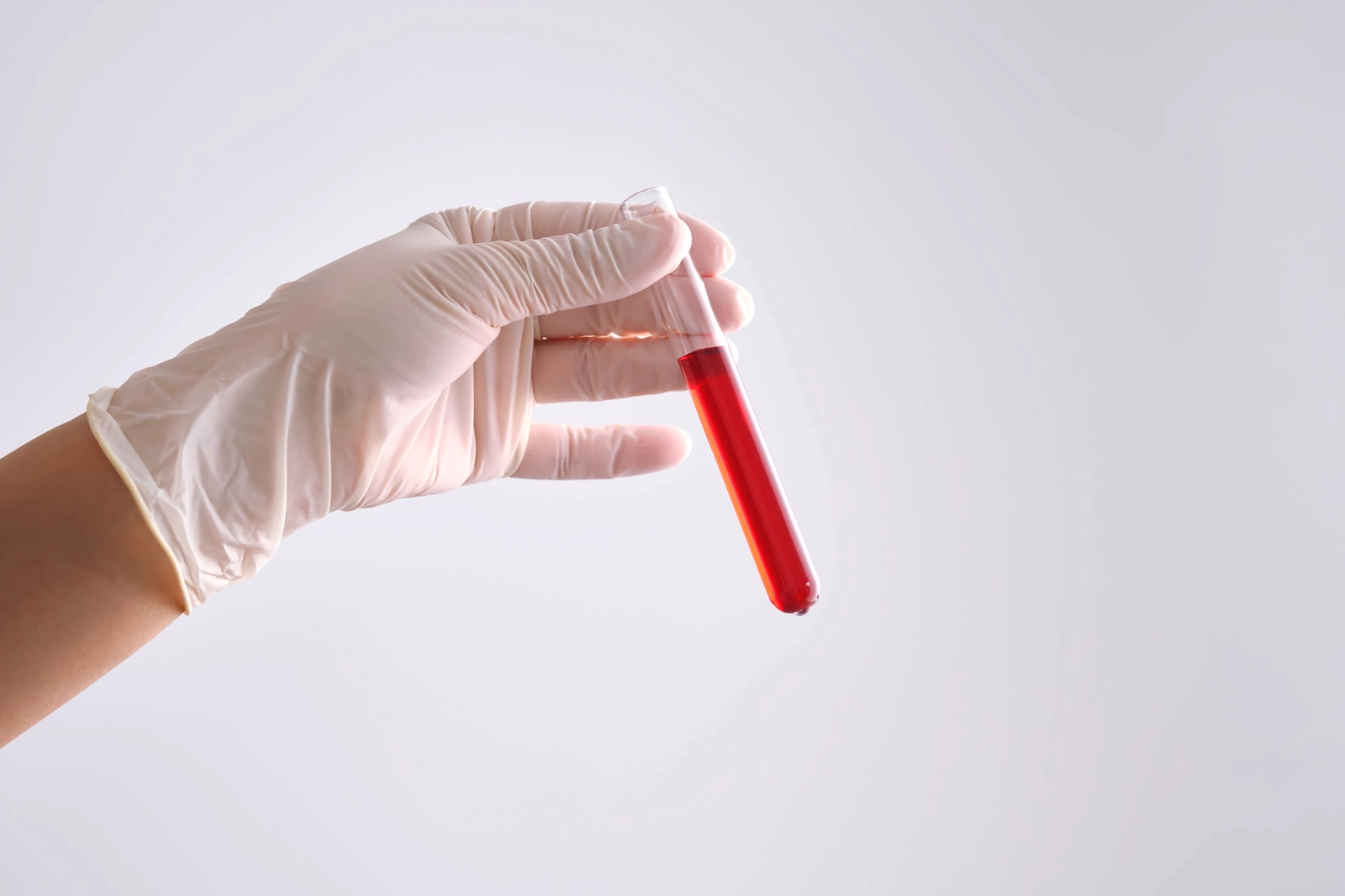Ecstasy, also known as MDMA and “Molly,” is a club drug that’s classified as a stimulant and hallucinogen. It’s used in social events because it enhances euphoria and empathy. The effects of ecstasy start at about 45 minutes of use and may last three hours.[1] Though the euphoria wears off, there can be effects from ecstasy that last longer.
What Is Ecstasy?
Ecstasy is the street name of MDMA, a lab-made synthetic drug that’s an abbreviation of 3,4 methylenedioxymethamphetamine. It has effects that are similar to stimulants like cocaine and meth, as well as hallucinogenic effects.
Because ecstasy enhances euphoria and sociability while distorting sensory perception, it became popular as a drug for raves, clubs, and other festive atmospheres. Now, the drug is used in many different environments. It’s available illicitly in tablet, capsule, powder, and liquid form.
How Does Ecstasy Work?
Ecstasy influences the release of dopamine, serotonin, and norepinephrine. Dopamine is associated with arousal and pleasure, while serotonin regulates mood, social behavior, sleep, and other functions. Norepinephrine increases blood pressure and heart rate, boosting alertness and focus.
With ecstasy, these neurotransmitters are either released or their uptake is blocked, increasing their levels in the brain and affecting energy levels, alertness, mood, and sensory perception.
What Are the Effects of Ecstasy?
Ecstasy can cause several effects, including:[2]
- Nausea
- Vomiting
- Muscle cramps
- Low appetite
- Sociability
- Confidence
- Heightened senses
- Euphoria
- Energy
- Teeth grinding
- High body temperature
- Dehydration
- Moodiness
Ecstasy Half-Life and Detection on Drug Tests

Ecstasy has a half-life of about eight hours.[3] A drug’s half-life is the time it takes for the body to reduce the concentration by half. About 95% of ecstasy is removed from the body in about 40 hours.
MDMA drug test detection times can vary by dosage, the drug test, and other factors, but these are the general detection windows: [4,5,6]
- Blood tests: Ecstasy may be detected for up to 71 hours.
- Saliva tests: Ecstasy may be detected for up to 71 hours
- Urine tests: Ecstasy may be detected for up to 120 hours
- Hair tests: Ecstasy may be detected for months after last use
Ecstasy drug metabolism is affected by several factors, including:
- The MDMA dose
- How frequently it’s used
- Genetic differences
- Age and weight
- Physical health
- Hydration levels
How Long Do the Effects of Ecstasy Last?
The effects of ecstasy can occur within 45 minutes after the dose. Once they start, the effects peak around 15 to 30 minutes and last around three hours. Other effects of ecstasy can last a week or longer, however.
Once the initial effects begin to fade, people may take another dose of ecstasy. This is extremely dangerous, as the initial dose of ecstasy has been metabolized into byproducts, or metabolites, that can affect how well the body processes the second dose. This can lead to high concentrations in the body and potential overdose.
Like stimulants, there’s a “crash” that happens after ecstasy wears off. Feelings of depression, anxiety, and emotional withdrawal can occur because the neurotransmitters have been depleted in the brain.
Can You Become Addicted to Ecstasy?
Ecstasy can cause addiction. According to the Diagnostic and Statistical Manual of Mental Disorders (DSM-5), ecstasy or MDMA addiction is a hallucinogen use disorder. The criteria include:[7]
- Taking ecstasy in larger amounts or over longer periods than intended
- Inability to reduce ecstasy use
- Spending a lot of time obtaining, using, or recovering from ecstasy use
- Experiencing cravings for ecstasy
- Failing to fulfill obligations to work, home, or family because of ecstasy use
- Continued ecstasy use despite problems in life or relationships
- Giving up social or recreational activities because of ecstasy use
- Using ecstasy despite persistent or recurrent physical or psychological problems
Treatment for Ecstasy Addiction
Though ecstasy isn’t regarded as an addictive drug on the same level as heroin or cocaine, it can be extremely difficult to overcome. The crash that occurs after stopping ecstasy, combined with anxiety and depression, can leave you vulnerable to relapse.
Medical detox is often the first step in treating addiction to ecstasy. This includes a medical team to monitor your health, manage your symptoms, and prevent complications like suicidal actions or relapse.
After detox, it’s crucial to enter an addiction treatment program on an inpatient or outpatient basis. Some of the symptoms of ecstasy withdrawal can last weeks, if not longer, and can inhibit your recovery. Addiction treatment programs with modalities like behavioral therapy, individual counseling, and group therapy can help you deal with these psychological effects in healthy, productive ways.
Seek Help for Ecstasy Addiction
Ecstasy has powerful effects that can be addictive, especially if you use it regularly. The effects of ecstasy and its “crash” can be difficult to overcome on your own, so it’s important to seek out an addiction treatment program to address the physical and psychological aspects of ecstasy abuse and addiction.

